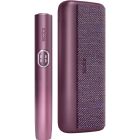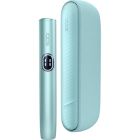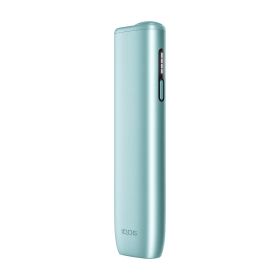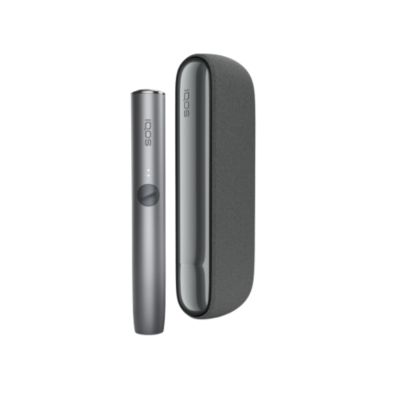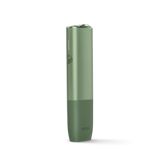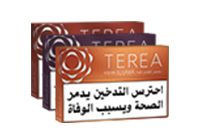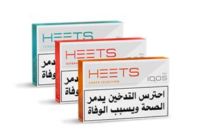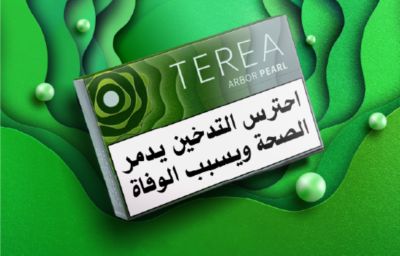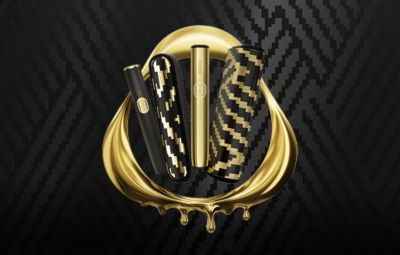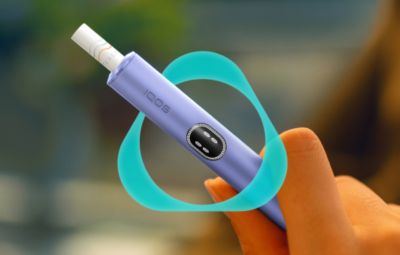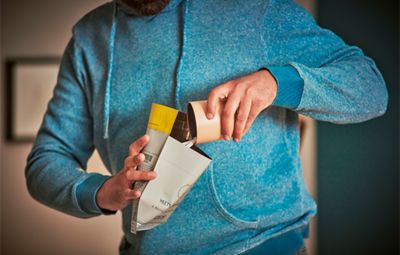6-Oct-2025
A Complete Guide to PG and VG in Vape Liquids: Uses and Differences
If you’ve ever compared vape liquids in Egypt, you’ve likely seen PG/VG on the label. These initials stand for propylene glycol (PG) and vegetable glycerin (VG)—the two base ingredients that shape flavour clarity, vapour density, and your overall vaping experience. Understanding PG vs VG helps you choose the right liquid for your device and style, whether you use a pod system for everyday convenience or a sub-ohm kit for larger clouds.
What Is Propylene Glycol (PG)?
Propylene glycol (often called mono propylene glycol) is a clear, thin, almost odourless liquid used widely as a food additive across the food industry and in pharmaceutical products and cosmetic products. In vape liquids, PG is prized for carrying flavour concentrates effectively and wicking quickly through cotton. Because it’s low-viscosity, PG saturates wicks fast, supporting consistent delivery in PG e-liquids designed for modest power levels. In short, more PG usually means cleaner flavour definition and a crisper inhale.
What Is Vegetable Glycerin (VG)?
Vegetable glycerin (VG) is a thicker, slightly sweet, syrupy liquid derived from plant sources. In vape formulations, VG is responsible for cloud production and a smoother, denser mouthfeel. VG e-liquids are commonly chosen by users who enjoy cloud chasing, and they pair well with devices that can vaporise thicker liquids efficiently. Outside vaping, VG appears in pharmaceutical industries and food additives applications thanks to its humectant properties.
Want to understand more about how liquids work? Start with this guide on what e-liquid is.
PG vs VG: How Ratios Shape the Vaping Experience
Every bottle’s label shows a PG/VG split—this PG/VG base (or Base Mix) determines how the liquid behaves:
· High-PG e-liquid (e.g., 60/40 PG/VG or higher): quicker wicking, brighter flavour delivery, typically suited to pod systems, mouth-to-lung kit setups, and modest wattage.
· High-VG e-liquid (e.g., 70/30 VG/PG or higher): thicker texture, softer flavour edge, more vapour—best with higher power and efficient wicking.
· 50/50: balanced versatility for everyday use and a wide range of vape devices.
Your personal preference and hardware matter. If you want a sharper flavour on compact kits, lean PG. If you prefer denser vapour and run higher power, tilt VG.
Device Considerations in Egypt (MTL, DTL & Resistance Coils)
Different devices are designed around different viscosities and coil resistance ranges:
· Pod systems / MTL set-ups (higher-resistance coils): Typically work best with balanced or PG e-liquids (e.g., 50/50) for reliable wicking and stealthy vapour.
· Sub-ohm devices (lower-resistance coils) and sub-ohm coils: Optimised for high airflow and high-VG blends to enable larger clouds and stable wicking at higher wattages.
In Egypt’s warmer months, store liquids in a cool, shaded place; heat can thin PG and VG and affect consistency.
Learn more about airflow and inhalation styles in our guide to MTL vs DTL vaping.
Mono Propylene Glycol (MPG): The Terminology
You may see mono propylene glycol listed instead of PG—this is simply another name for propylene glycol used in pharmaceutical preparations and the food-grade supply chain. For vape formulations, the functional behaviour is the same: flavour carriage and lower viscosity.
Choosing PG/VG Ratios for Pods, Vape Pens & Sub-Ohm Vaping
· Pods & vape pens: Start with 50/50 or 55/45 PG/VG for dependable wicking and clear flavour.
· Sub-ohm vaping: Consider 70/30 VG/PG or similar to support higher power and airflow without drying the wick.
· Nicotine salt e-liquids (nic salts): Often blended around 50/50 for stability in low-power systems and consistent delivery.
Always consult your device manual; running an ultra-thick liquid in a tight, high-resistance pod can starve the wick, while running thin liquid at high power can oversaturate and spit.
New to advanced devices? Read a clear breakdown in sub-ohm vaping explained.
PG/VG and Nicotine Options (Freebase vs Nic Salts)
E-liquids are offered with freebase nicotine or nicotine salt e-liquids (nic salts). Freebase is common across a wide variety of blends and strengths; nic salts are popular in compact devices aiming for consistent delivery at modest wattage. Regardless of format, match the nicotine strength to your preference and device guidance.
Discover the key differences between nicotine salts and e-liquids.
PG/VG, Flavour, and “Vape Juice” Labelling
“Vape juice,” “e-liquid,” and “vape liquid” are used interchangeably. Flavour intensity is mostly a function of the flavour recipe and PG’s carrying ability; vapour density correlates with VG. If a bottle markets itself for cloud chasers, expect higher VG; if it promises clear flavour on smaller kits, expect higher PG.
Compatibility & Wicking: Coils
Efficient wicking keeps cotton saturated and reduces dry puffs:
· Use the viscosity your coil and wattage are built for (check the manufacturer’s guidance on resistance coils and recommended ratios).
· Prime new coils thoroughly and allow the cotton to soak before first use.
· Replace coils regularly; flavour drop-off often signals it’s time.
· After filling a new coil, wait 5–10 minutes (longer for high-VG) before your first puff.
Safety, Storage & Handling
Treat e-liquids as hazardous household substances: store sealed, upright, and away from heat/sunlight, and out of reach of children and pets. Avoid ingestion or skin contact. Use child-resistant caps and follow local laws.
Availability, nicotine strengths, and packaging requirements vary by market. In Egypt, check current local regulations and retailer guidance for compliant options.
Keep your device in peak condition with this step-by-step on how to clean a vape tank.
PG and VG in Heated Tobacco
Heated tobacco products don’t use bottled e-liquids or PG/VG ratios. Instead, the tobacco sticks are factory-made and typically contain processed tobacco plus humectants (commonly glycerin and sometimes propylene glycol) to generate aerosol when heated. Device selection and usage guidance, therefore, differ from e-liquids used in vape devices.
Compare the differences in heated tobacco vs e-cigs vs smoking
FAQs
Is Propylene Glycol the Same As Mono Propylene Glycol?
Yes—mono propylene glycol is another name for propylene glycol, widely used as a food additive and functional carrier in multiple industries.
Why Does My Liquid Feel Too Thick or Too Thin?
High-VG blends are naturally thicker; if your device struggles to wick, choose a more balanced ratio. If your liquid feels very thin in a high-power tank, step up VG to stabilise wicking.
Which PG/VG is Best for Flavour vs Clouds?
Generally, more PG = crisper flavour; more VG = denser vapour. A 50/50 is a strong all-rounder; 70/30 VG/PG is common for sub-ohm devices.
Are PG and VG Used Outside Vaping?
Yes—PG and VG both appear in food additives, pharmaceutical industries, and personal-care applications.
Heated Tobacco Products
If you're exploring smoke-free alternatives that use tobacco without combustion, devices like IQOS ILUMA ONE KIT BUNDLE and IQOS ILUMA I PRIME KIT BUNDLE are designed to work with TEREA tobacco sticks. These products deliver nicotine via a heated tobacco experience and may suit adult users seeking non-combusted options.
IQOS is not risk-free and provides nicotine, which is addictive. Only for use by adults.

